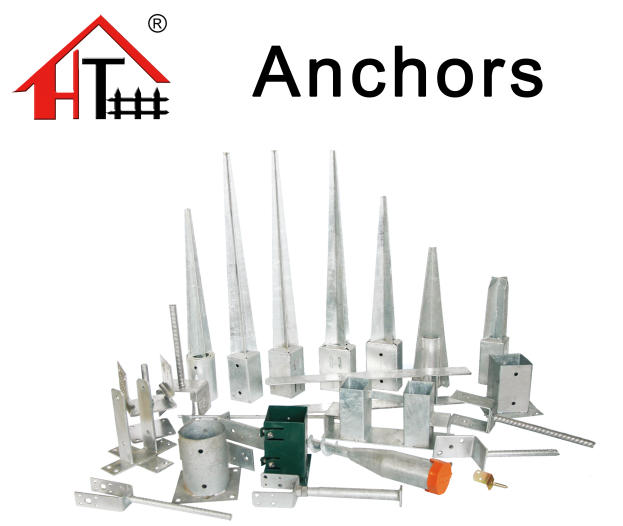Gabions and Riprap Natural Solutions for Erosion Control
Erosion is a natural process exacerbated by human activities, leading to significant environmental concerns such as loss of soil, reduced water quality, and damage to infrastructure. Among the various methods to combat erosion, gabions and riprap have emerged as effective and environmentally friendly solutions. Both techniques utilize natural materials to stabilize soil and protect shorelines, riverbanks, and slopes, but they do so in unique ways.
Gabions and Riprap Natural Solutions for Erosion Control
The design and installation of gabions are relatively straightforward. They can be stacked and arranged in various configurations to suit the specific needs of a site, offering both strength and adaptability. Gabions can withstand the forces of water flow, reducing the impact of erosion by dissipating energy. Moreover, they promote the growth of plant life within their structure, contributing to biodiversity and habitat creation.
gabion and riprap

On the other hand, riprap is a more traditional erosion control method that involves placing large stones or boulders directly onto surfaces that are prone to erosion, such as riverbanks or coastal areas. The size and weight of the stones are crucial, as they need to be heavy enough to resist the forces of water and not be easily displaced. Riprap provides immediate protection against erosion and is often used as a quick fix in emergency situations, such as after a severe storm.
One of the strengths of riprap lies in its durability; properly installed riprap can last for decades with minimal maintenance. However, unlike gabions, riprap does not encourage vegetation growth, which means it might lack the ecological benefits associated with gabions. Furthermore, the installation of riprap can be more labor-intensive and requires careful planning to ensure that the stones are placed effectively to redirect water flow appropriately.
Both gabions and riprap are essential tools for erosion control, and their effectiveness can vary depending on the specific site conditions and goals of the project. For instance, gabions are particularly useful in areas where a more ecological approach is desired, while riprap may be preferable in locations requiring immediate, robust solutions.
In conclusion, the choice between gabions and riprap ultimately comes down to the specific needs of the project. By understanding the strengths and limitations of each method, engineers and environmentalists can select the most suitable solution to combat erosion, protect natural landscapes, and foster resilience against the effects of climate change. As we continue to face environmental challenges, both gabions and riprap will remain vital components in our efforts to maintain the integrity of our ecosystems and infrastructures.
















